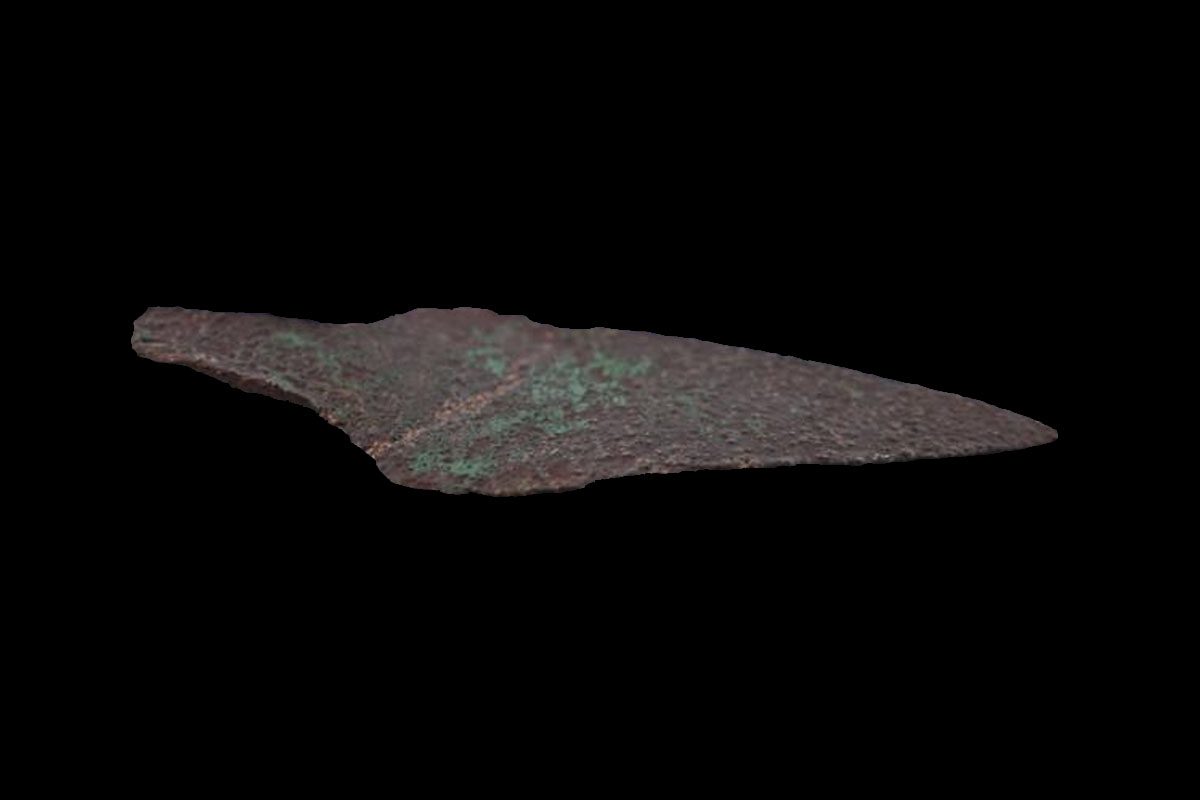A rare copper dagger from over 4,000-years-ago has been discovered in the forests near Korzenica, southeastern Poland.
Piotr Gorlach from the Historical and Exploration Association Grupa Jarosław made the discovery during a metal detector survey in Jarosław Forest.
Upon realising the significance of the find, Mr Gorlach contacted the Podkarpacie conservator of monuments in Przemyśl and the Orsetti House Museum.
The dagger dates from over 4,000 years ago, a period in which objects made from copper were extremely rare in the Central European Plain.
A preliminary study indicates that the dagger may originate from the Carpathian Basin or Ukrainian steppe, and predates the development of bronze metallurgy for the region.
This transition is traditionally known as the Copper Age and marked a gradual incorporation of copper while stone remained the primary resource utilised.
Dr. Elżbieta Sieradzka-Burghardt from the museum in Jarosław, said: “This is a period of enormous change in the main raw materials for the production of tools. Instead of flint tools commonly used in the Stone Age, more and more metal products appear heralding the transition to the next period – the Bronze Age.”
Daggers during this era were a universal attribute of warriors, however, being made from copper suggests that the owner held a high social status. This is further supported by its size measuring 10.5 cm in length, which for this period is actually very large when compared to other metal objects from the same era.
The dagger has already been added to the collection of the Orsetti House Museum in Jarosław.
Header Image Credit : Łukasz Śliwiński
Sources : PAP – A dagger from over 4,000 years ago found in the forest.





